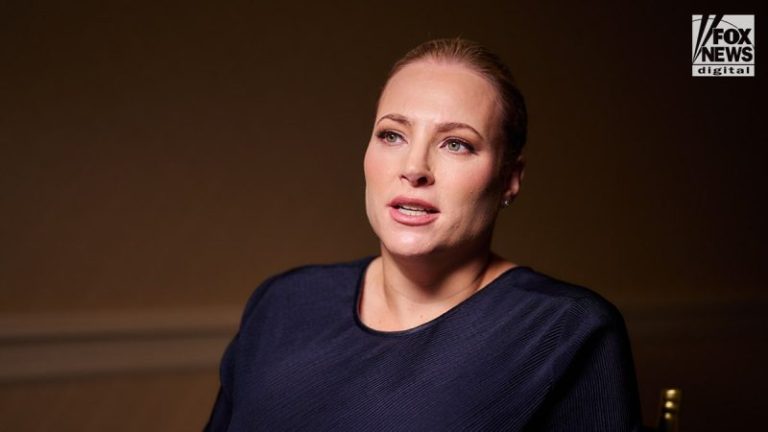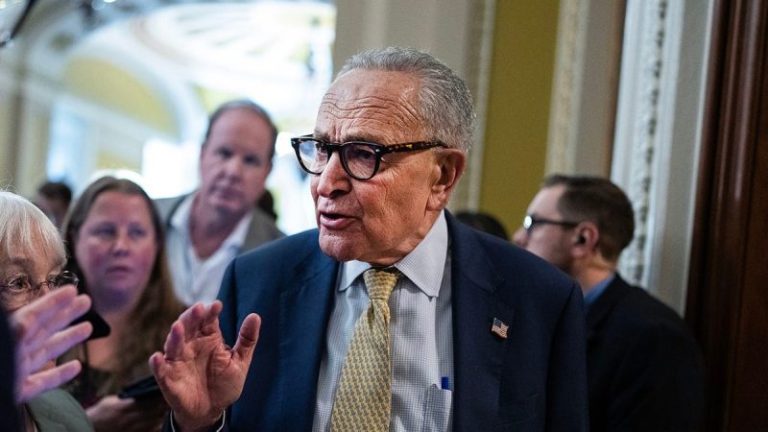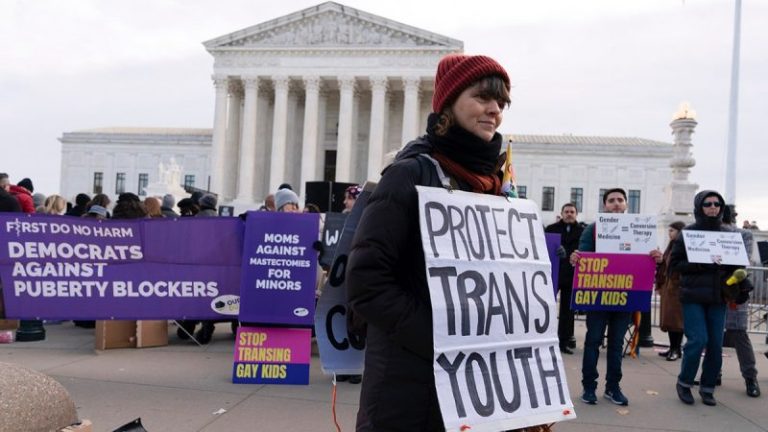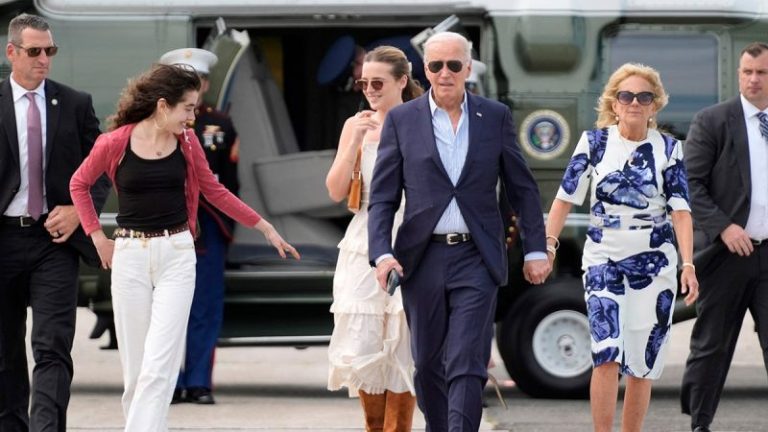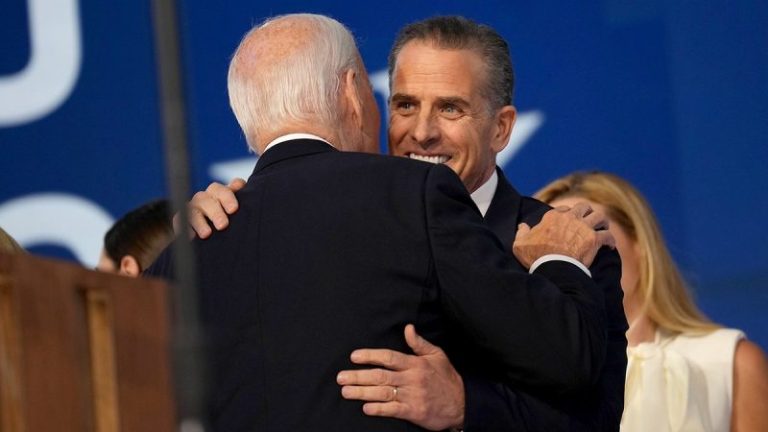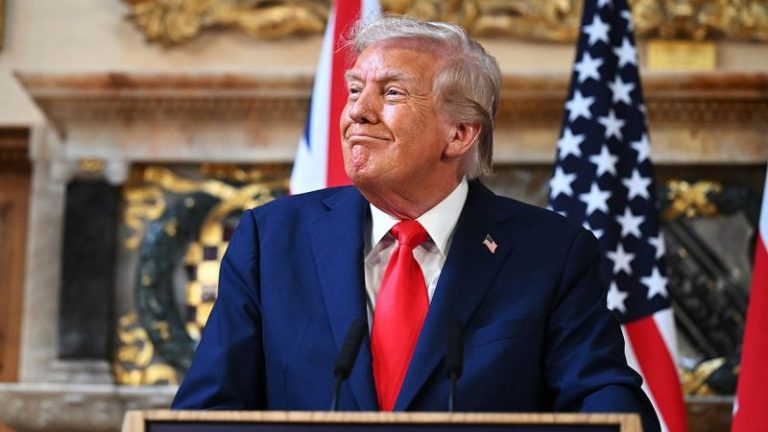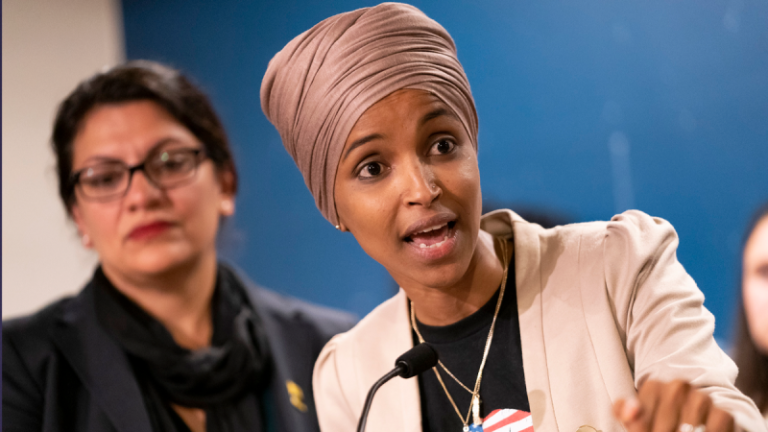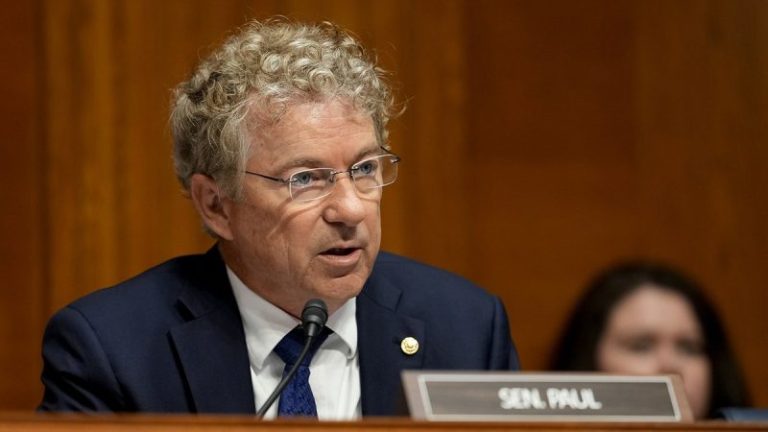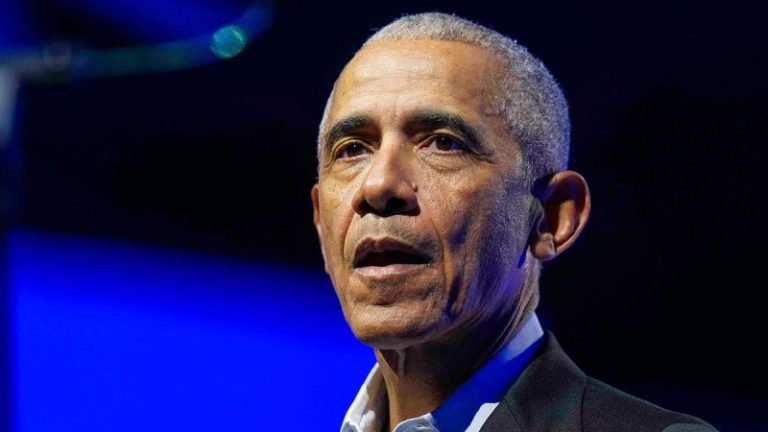NEW YORK – Meghan McCain believes ‘the U.S.-Israel alliance is incredibly strong’ even amid rising antisemitism across the country and increasing political pressure from both sides of the aisle.
Fox News Digital sat down with McCain on Tuesday evening before she received the ‘Champion of Israel’ award from the American Friends of Magen David Adom (AFMDA), which supports Israel’s emergency medical and disaster response service. She noted that in her observation, issues surrounding the U.S.-Israel relationship appear to be more partisan as far as the left is concerned.
McCain said that she sees some pro-Israel Democrats, specifically pointing to Sen. Chuck Schumer, D-N.Y., ‘hedging in different places.’ During her award acceptance speech at this year’s AFMDA New York City gala, she also called out New York City Democratic mayoral candidate Zohran Mamdani, who has taken heat for previous acceptance of antisemitic rhetoric such as ‘globalize the intifada.’
‘Pray for this city,’ McCain said, adding, ‘he’s an animal.’ The statement garnered applause from the audience, which gathered at Manhattan’s Cipriani Wall Street.
McCain also acknowledged that there are political elements not just on the left, but also on the right that oppose Israel, all of which she condemned. She urged those in attendance to ‘fight together to combat this destructive message of the radical left and within my own party on the alt-right.’
Despite this, the White House’s ties to Jerusalem give McCain hope that the relationship between the two nations is ironclad.
‘Of many of the reasons that I’m glad that President Trump is president is his wholehearted support of Israel is definitely one of them,’ McCain told Fox News Digital. ‘I think that we have an incredibly strong alliance and shared values and shared political interests and shared global interests.’
The former co-host of ‘The View’ also said that she believes the majority of the American public understands that ‘the interests of Israel and the interests of the United States of America are shared, especially in our fight against Islamic extremism.’
Charlie Kirk – who was also a steadfast supporter of Israel – came up both in McCain’s speech and her conversation with Fox News Digital.
‘I think we’re all sort of struggling with his assassination,’ she told Fox News Digital. ‘I am not satisfied with the reaction of the broad swath of Democrat leaders. When you have people like Ilhan Omar that are still accepted in Democrat spaces after what she said about Charlie Kirk in the wake of his passing, I mean, it’s hideous.’
Speaking to the audience of first responders and their supporters, she pointed out the contrast between those who save lives because of their beliefs and those who end them.
‘Where what you do here is about saving lives, the other side has nothing to offer but destruction. There are people all around the world and even in this country who do not want to participate in debate. They do not want to be proven wrong,’ McCain said.
‘And in the instance of people brave enough like Charlie Kirk to stand for Judeo-Christian values and the values of family and life and freedom and the right of Israel to defend itself against its enemies, they will try to destroy you by any means necessary and dance in celebration when you fall,’ she later added.
Addressing gala attendees, McCain delivered a strong defense of the U.S.-Israel alliance, as well as her personal unwavering support for the Jewish state.
‘No matter how much of the world — motivated by moral cowardice, material interest, or the sublimated antisemitism that still stalks the globe — turns away from Israel, I will not. I will never. And I speak for millions and millions of Americans who feel exactly the same,’ McCain said to a cheering crowd.
McCain credited her father, the late Sen. John McCain, R-Ariz., and his relationship with the late Sen. Joe Lieberman, D-Conn., for her desire to deliver a strong defense of the U.S.-Israel relationship.
‘My father always understood the importance of the connection between America and Israel. His deep friendship with the man who was for all intents and purposes my uncle, the late Senator Joe Lieberman, was what exposed me to Jewish life, thought, and practice from a young age,’ McCain said. Later in her speech, she added that she and her husband, Ben Domenech ‘feel the same way, as so many Americans do: that Israel’s cause is right, Israel’s fight is noble, and Israel’s means are just.’
Magen David Adom (MDA), which is essentially Israel’s version of the Red Cross, handles a wider range of issues than its American counterpart, the Red Cross, such as disaster relief and blood services.
On Oct. 7, 2023, MDA handled over 21,600 emergency calls, five times more than the number of calls it gets on an average Saturday. Additionally, MDA dispatched 1,430 ambulances and intensive care units alongside hundreds of emergency motorcycles, three helicopters, command and control vehicles, and 24 mass casualty response vehicles equipped to deploy mobile treatment sites. Since the Israel-Hamas war began, 38 MDA personnel lost their lives.
McCain concluded her speech with a stark warning — that Israel’s fight is America’s fight and that ‘If Israel were to lose its war — God forbid — the armies of darkness would march toward us here in America, too.’

